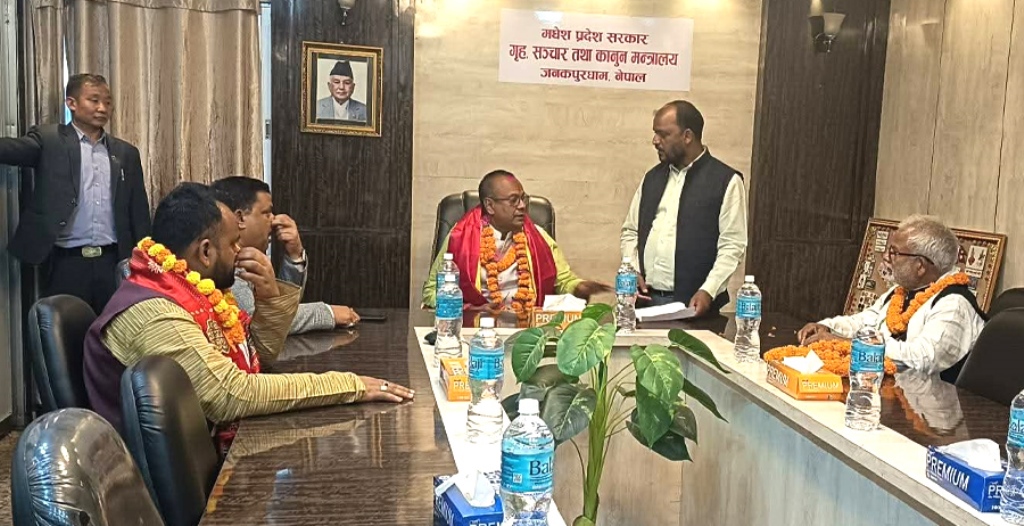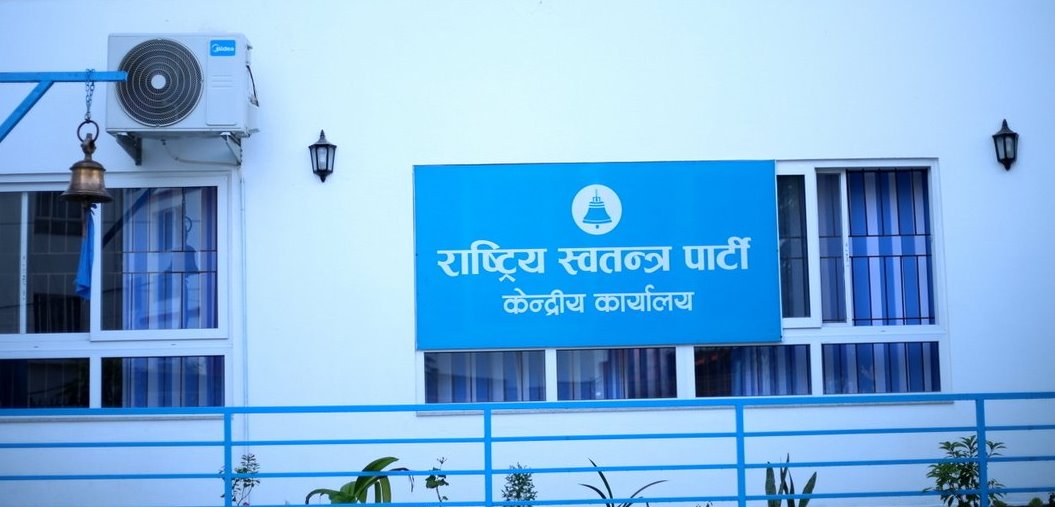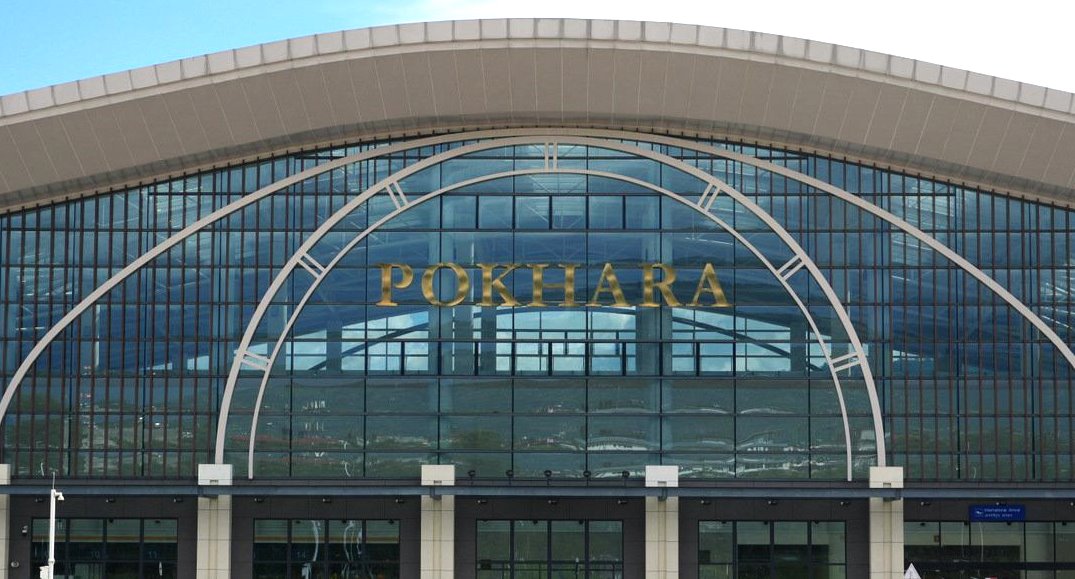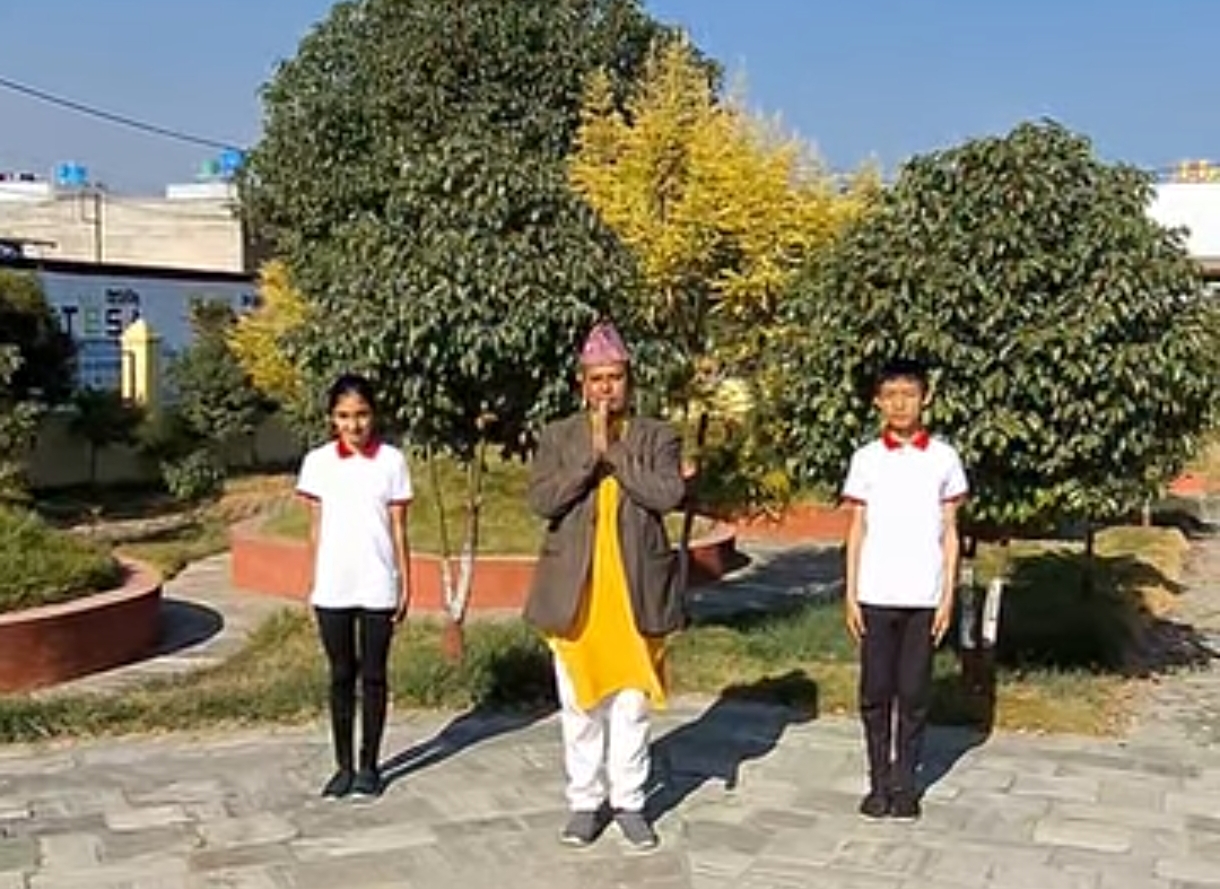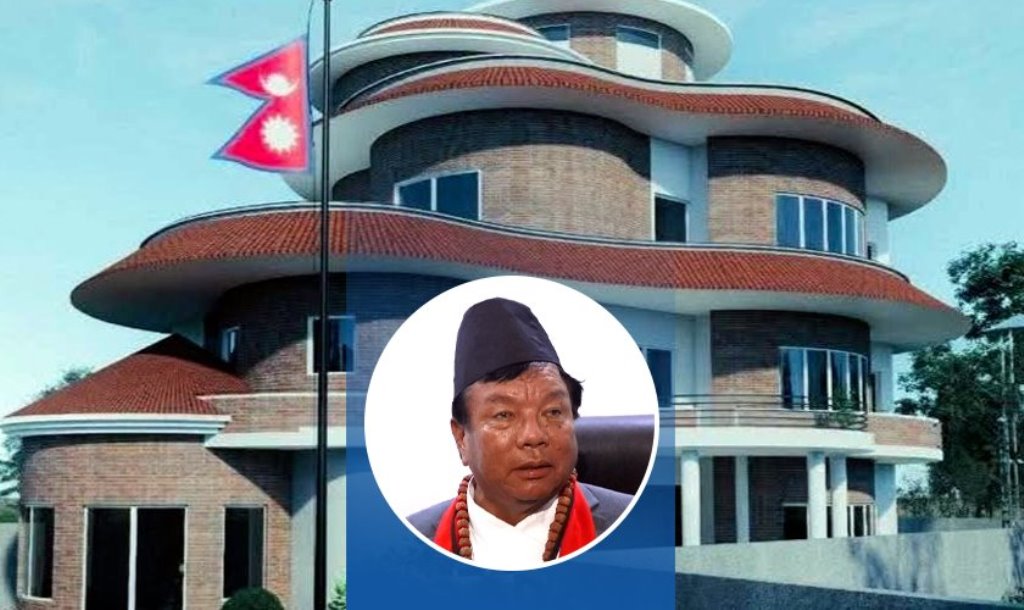Kathmandu, Sept 12, Bhisma Raj Ojha The Ministry of Forests and Environment has moved forward works pertaining to the Kathmandu Valley Air Quality Management Action Plan with a vision of a Kathmandu Valley with pure and clean air. The Ministry’s Department of Environment is preparing the action plan to ensure the right of the citizens to live in a clean and healthy environment by preventing and controlling air pollution in the Kathmandu Valley
In this connection, the Department on Wednesday held an interaction cum discussion programme with the stakeholder bodies and the environment experts regarding the air quality management action plan for the Kathmandu Valley. Suggestions were also collected from the stakeholders and experts on the occasion.
Minister for Forests and Environment Shakti Bahadur Basnet expressed the belief that the action plan prepared after extensive consultations with the stakeholder bodies and the experts would help identify the problems related to air pollution and the ways of addressing them through wider coordination. Stating that the policy and the laws have been made for pollution control and the discussions have been moved ahead regarding the structural arrangements.
He suggested setting the goal of pollution control in big cities of the country on the basis of the action plan. National Planning Commission (NPC) member Dr Krishna Prasad Oli said pollution has crossed the limits in the Kathmandu Valley and stressed on the need of carrying out human activities in such a manner that the present human needs are fulfilled without damaging the environment for the future generations.
Dr Oli also reiterated on implementing the recommendations derived from research and on conducting public awareness programmes by reaching to the educational and industrial community. Secretary at the Ministry of Forests and Environment, Dr Bishwanath Oli said the goal of the interaction and discussion was also to revise and improve the related action plan which had been already prepared before this to fine tune it to the country’s changed context.
He believed the suggestions from the experts would be useful for the government to take decision. The Department had prepared the related action plan in 2017 but it was not implemented. The action plan has the objective of minimizing pollution from the transport sector, the construction activities and the industries, reducing the air pollution through environment-friendly waste management and minimizing the in-house air pollution.
Similarly, raising public awareness on the situation of air pollution, its causes, impact and ways of reducing and preventing it, developing support system for the air quality management decision, managing the air pollution in emergency situations and ensuring the economic resources for air pollution reduction by strengthening policies, laws and the structures are the other objectives of the action plan.
As per the data shared by the Department, the air quality in Kathmandu Valley is far below the national air quality standard determined by the government. Various studies have shown that the risk of diseases caused by air pollution is increasing in the Kathmandu Valley.
According to the World Health Organization (WHO), 37,000 people died due to diseases attributed to air pollution in Nepal in 2018. A study conducted by the Department in 2017 showed that transportation vehicles, dust on the road, industries, brick kilns, construction activities, open burning of agriculture residues and other wastes were among the main sources of air pollution.



